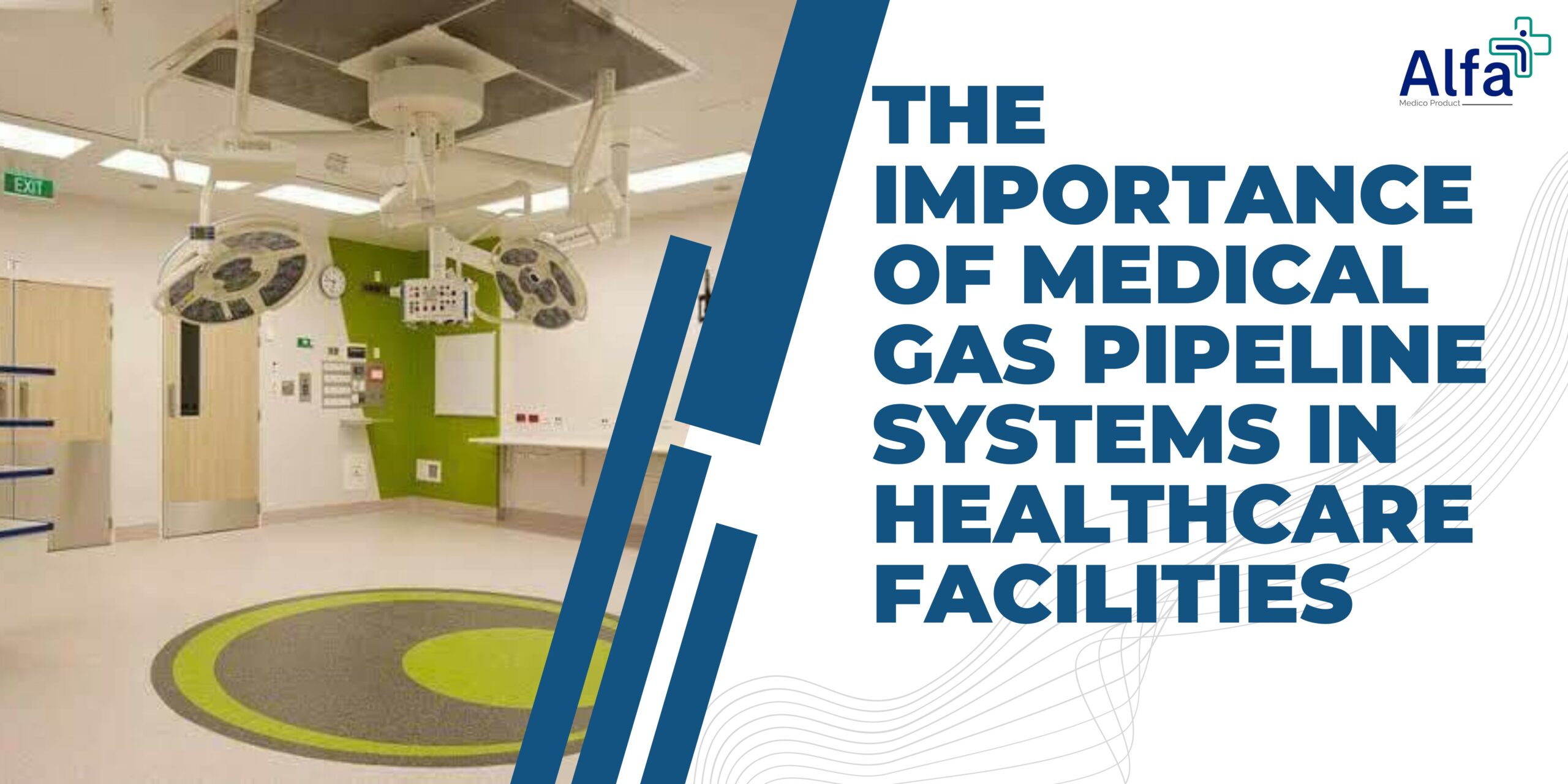Modern healthcare relies on a complex network of systems and technologies, many of which work behind the scenes to ensure patient safety and well-being. Among these, medical gas pipeline systems (MGPS) play a vital, often unnoticed, role.
What are MGPS?
Imagine a hospital where vital gases like oxygen, nitrous oxide, and medical air are delivered straight to operating rooms, patient beds, and other critical care areas via a network of pipes. The core of an MGPS is this intricate architecture. It serves as a central medical gas management system, guaranteeing a steady and dependable flow of these vital gases to the areas most in need of them.
Why is MGPS important?
The importance of MGPS cannot be overstated. Here are some key reasons:
- Patient safety: An uninterrupted supply of medical gases is crucial for various life-saving procedures, from supporting patients with respiratory difficulties to providing anesthesia during surgery. Any disruption in this supply can have dire consequences, highlighting the importance of a reliable MGPS.
- Efficiency and convenience: MGPS eliminates the need for individual gas cylinders at each point of use. This streamlines workflow for healthcare professionals, allowing them to focus on patient care rather than managing gas supplies.
- Cost-effectiveness: While the initial investment in an MGPS can be significant, it offers long-term cost savings compared to the ongoing expense of acquiring and managing individual gas cylinders.
- Improved safety: MGPS are designed with safety features like isolation valves that allow for the isolation of specific sections of the pipeline for maintenance or repairs without impacting the entire system. This minimizes the risk of gas leaks and ensures the continued availability of critical gases in other areas.
Components of an MGPS
An MGPS comprises several vital components:
- Source: This can be bulk storage tanks or on-site generation systems for gases like oxygen.
- Delivery system: A network of pipes and valves transports the gases throughout the facility.
- Gas outlets: These are the points of connection where healthcare professionals access the gases for patient use.
- Alarm systems: These monitor pressure, flow, and other parameters to alert personnel of any potential issues.
- Monitoring and control systems: These allow for centralized monitoring and control of the entire MGPS, ensuring optimal performance and timely identification of potential problems.
Maintaining MGPS
Regular maintenance and inspections are critical for the safe and reliable operation of an MGPS. This includes:
- Checking for leaks and damage to the pipeline system.
- Ensuring proper functioning of valves and alarms.
- Testing and verifying the quality of medical gases.
- Training staff on the proper use and safety protocols for the MGPS.
Conclusion
Medical gas pipeline systems are the unsung heroes in modern healthcare facilities, carrying out vital tasks with efficiency and patient safety in mind. Hospitals may guarantee that their MGPS function flawlessly and contribute to a safer and more effective environment for patients and healthcare staff by realizing their significance and putting appropriate maintenance policies into place.

